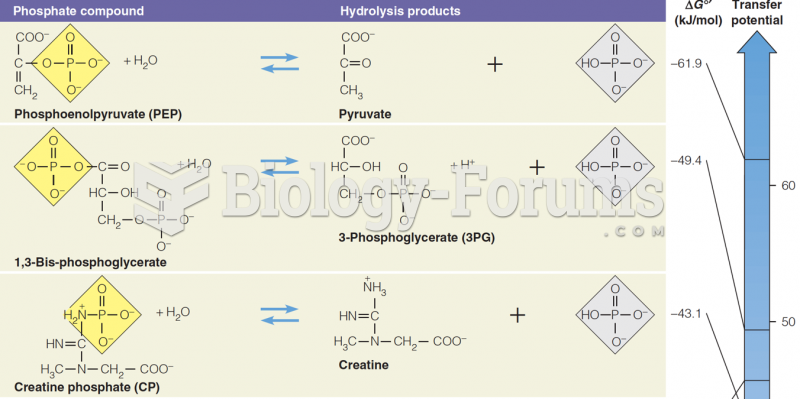Answer to Question 1
What makes speech comprehension especially complicated is that often we pronounce more than one sound at the same time. This is called coarticulation. One or more phonemes begin while other phonemes still are being produced. For example, say the words palace and pool. They both begin with a p sound. But can you notice a difference in the shape of your lips when you say the p of pool as compared with the p of palace? You are already preparing for the following vowel as you pronounce the p sound, and this affects the sound you produce. Not only do phonemes within a word overlap, but the boundaries between words in continuous speech also tend to overlap. The process of trying to separate the continuous sound stream into distinct words is called speech segmentation.
Answer to Question 2
Chomsky addressed how syntactical structures may interact with words (lexical structures). He suggested that our mental lexicon contains more than the semantic meanings attached to each word (or morpheme). In addition, each lexical item also contains syntactical information. This syntactical information for each lexical item indicates three things:
The syntactical category of the item, such as noun versus verb;
The appropriate syntactical contexts in which the particular morpheme may be used, such as pronouns as subjects versus as direct objects; and
Idiosyncratic information about the syntactical uses of the morpheme, such as the treatment of irregular verbs.
How do we link the elements in our mental lexicon to the elements in our syntactical structures? Various models for such bridging have been proposed. According to some of these models, when we parse sentences by syntactical categories, we create slots for each item in the sentence. Consider, for example, the sentence, Juan gave Mara the book from the shelf.. There is a slot for a noun used as (1) a subject (Juan), (2) a direct object (the book), (3) an indirect object (Mara), and (4) objects of prepositions (the shelf).
There are also slots for the verb, the preposition, and the articles. In turn, lexical items contain information regarding the kinds of slots into which the items can be placed. The information is based on the kinds of thematic roles the items can fill. Thematic roles are ways in which items can be used in the context of communication. Several roles have been identified. In particular, these roles are as follows:
The agent, the doer of any action
The patient, the direct recipient of the action
The beneficiary, the indirect recipient of the action
The instrument, the means by which the action is implemented
The location, the place where the action occurs
The source, where the action originated
The goal, where the action is going
According to this view of how syntax and semantics are linked, the various syntactical slots can be filled by lexical entries with corresponding thematic roles. For example, the slot of subject noun might be filled by the thematic role of agent. Nouns that can fill agent roles can be inserted into slots for subjects of phrases. Patient roles correspond to slots for direct objects. Beneficiary roles fit with indirect objects, and so on.







